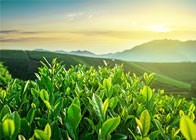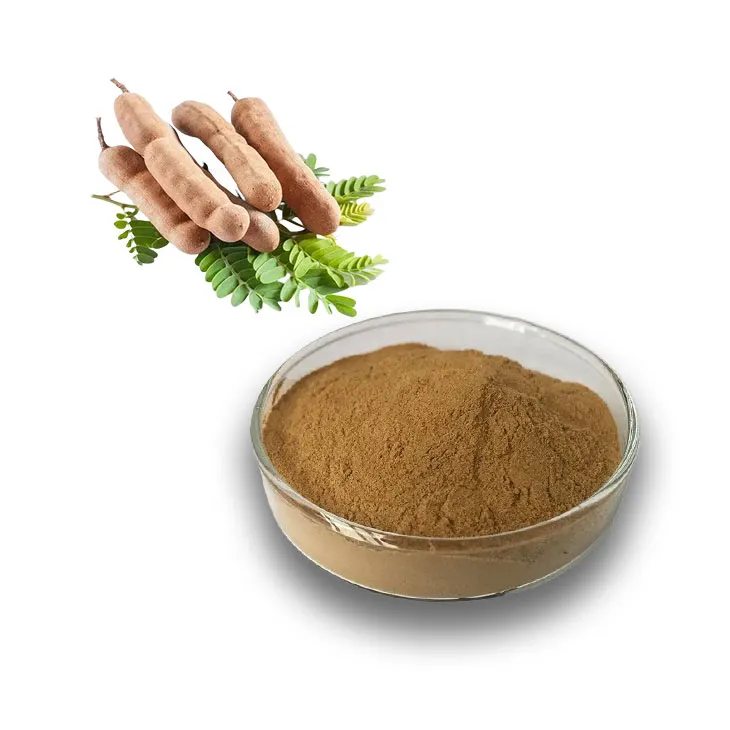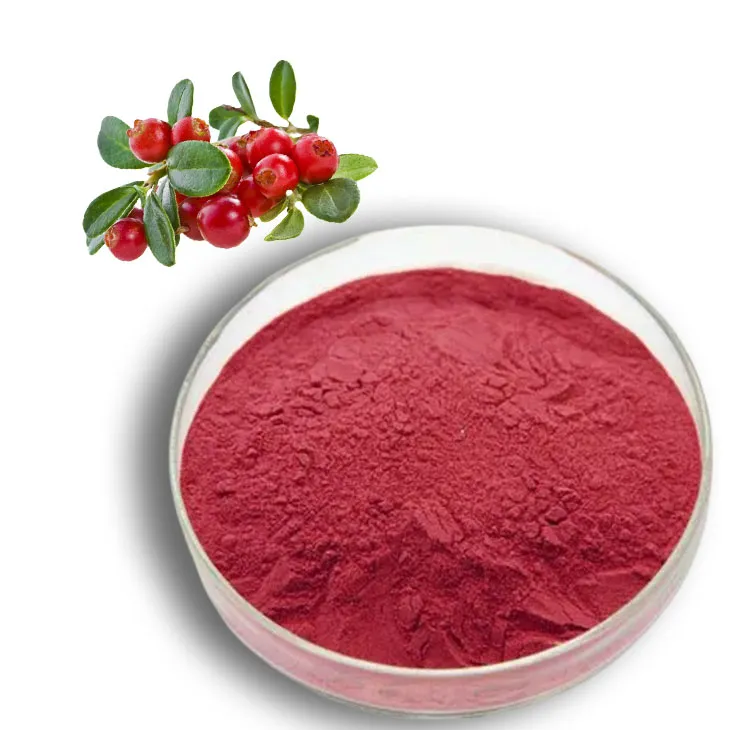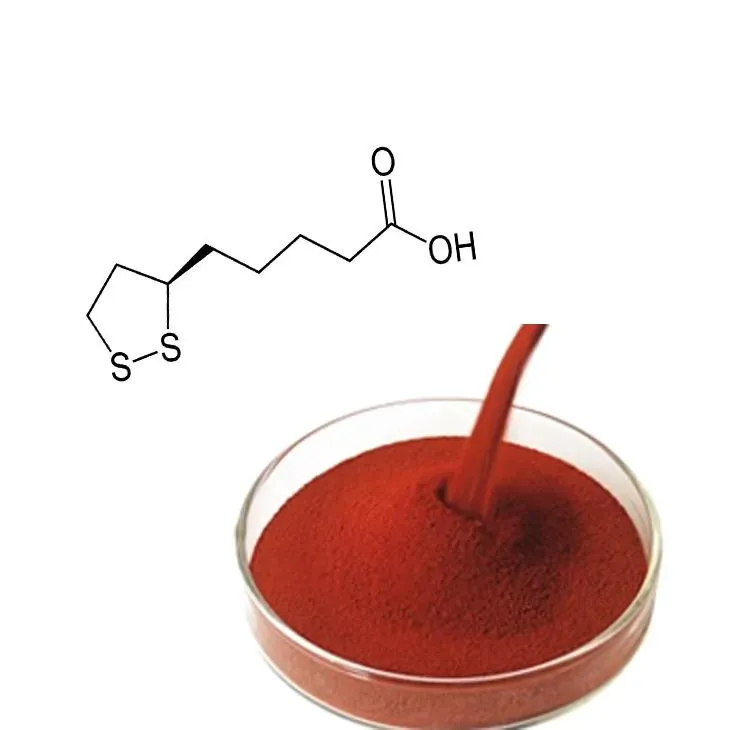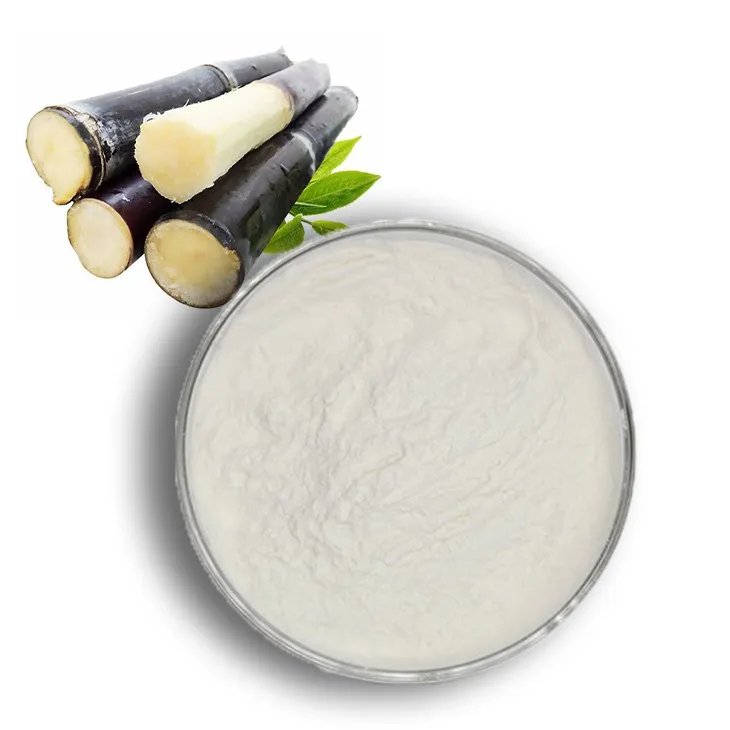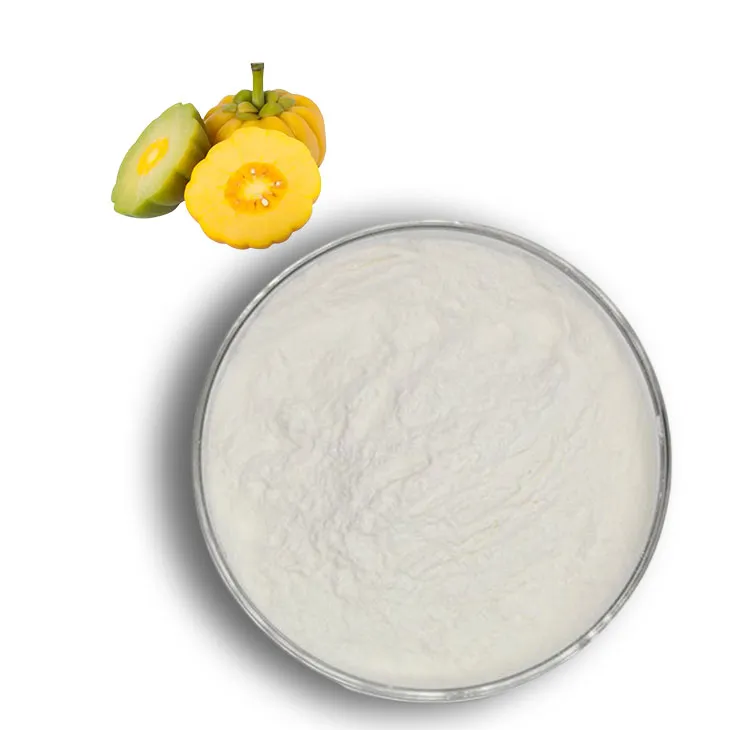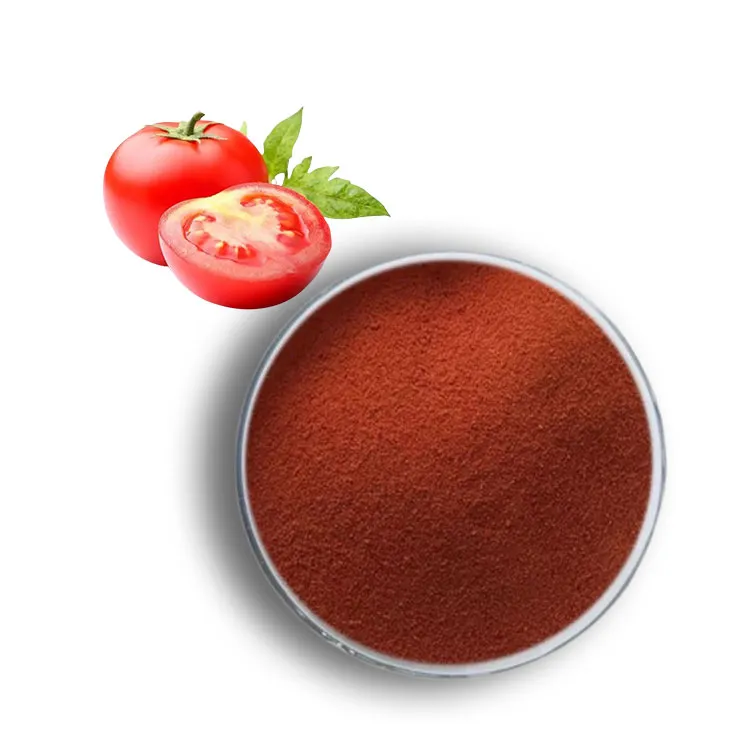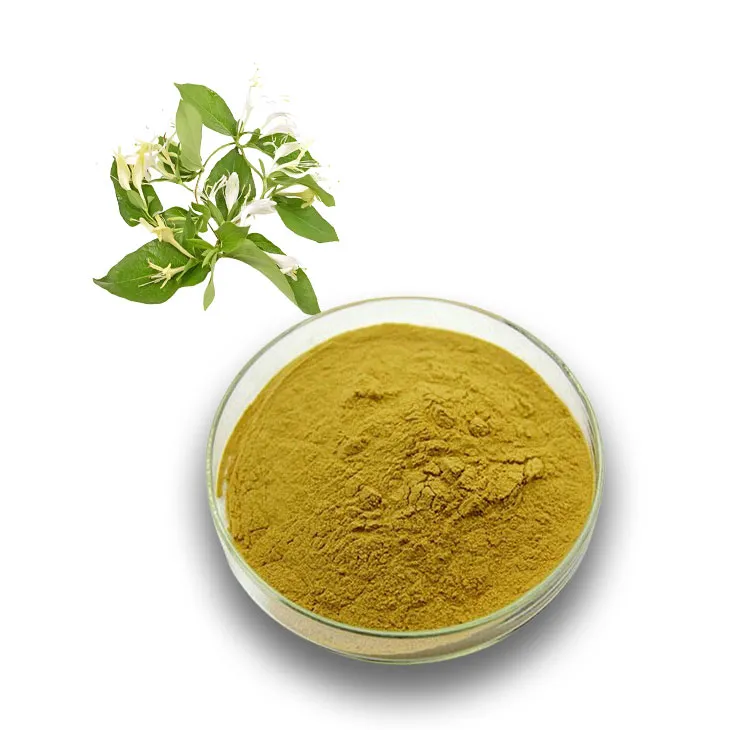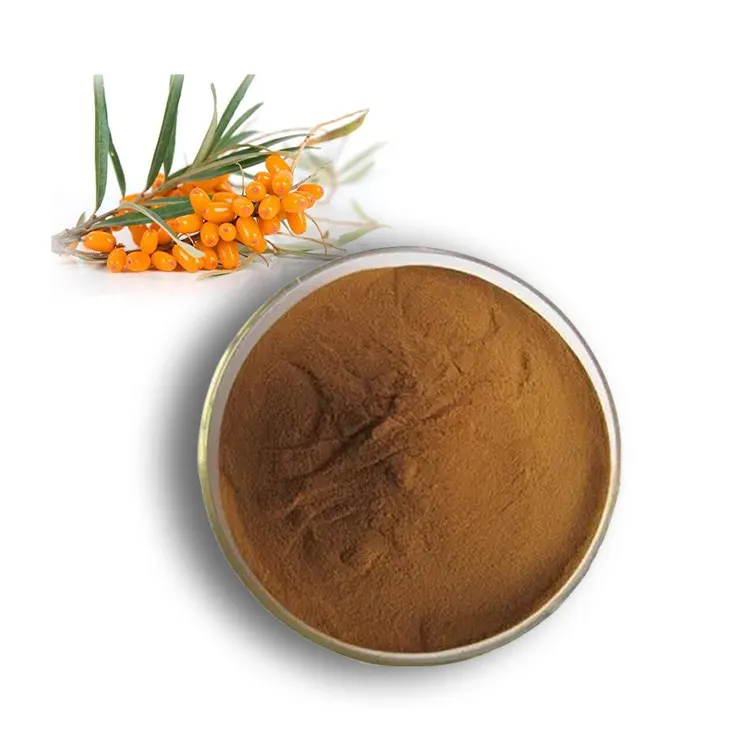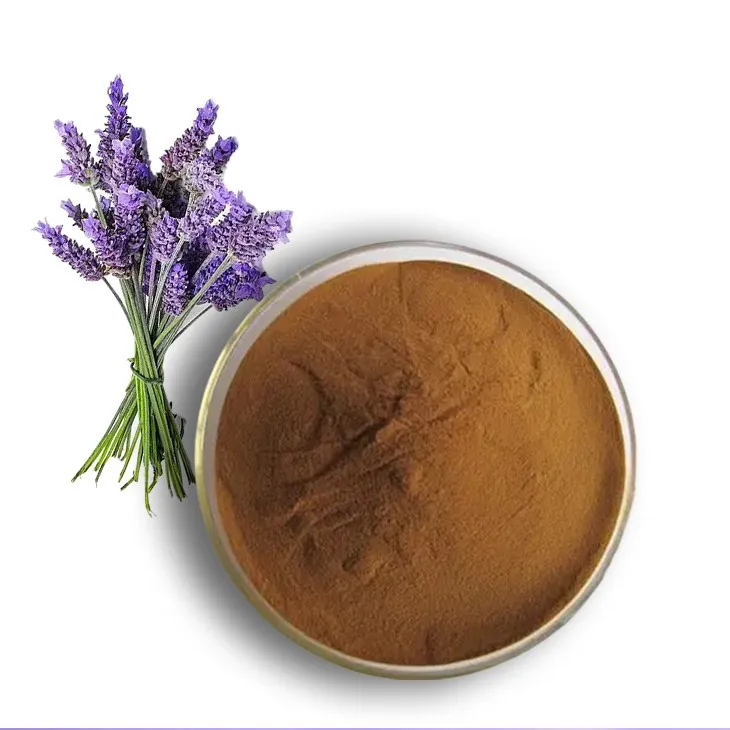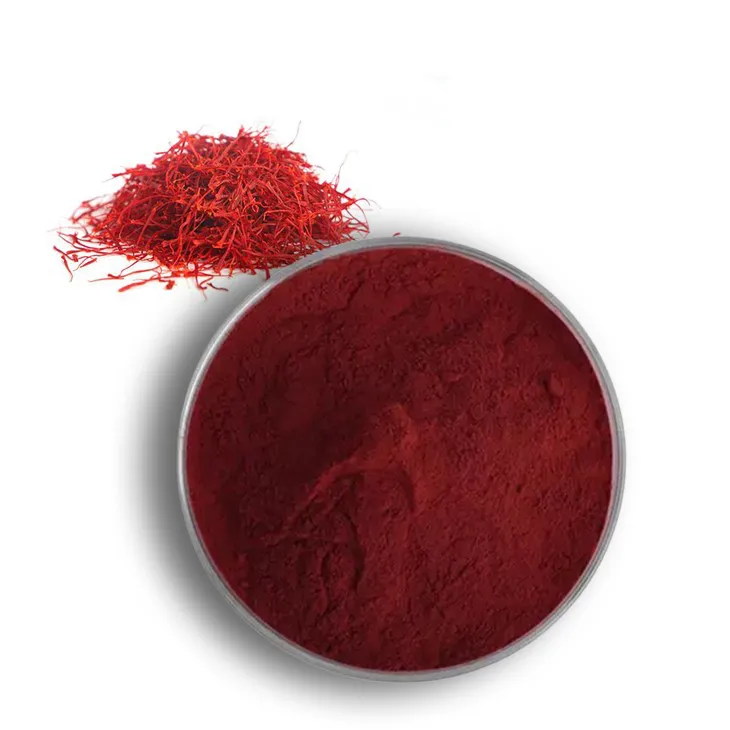- 0086-571-85302990
- sales@greenskybio.com
Production of Boswellia Serrata Extract: A Complete Guide for Consumers and Manufacturers
2024-12-17
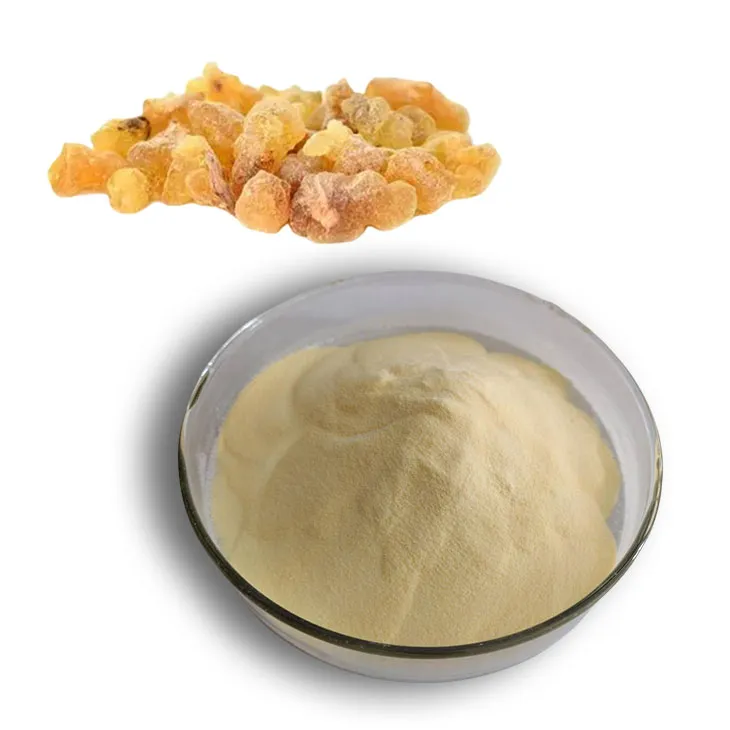
1. Introduction
Boswellia serrata is a plant native to India, Africa, and the Arabian Peninsula. The extract from Boswellia serrata has been used in traditional medicine for centuries, mainly for its anti - inflammatory and analgesic properties. In recent years, it has gained significant popularity in the global market due to its potential health benefits. This guide aims to provide a comprehensive understanding of the production of Boswellia Serrata Extract for both consumers who are interested in the product and manufacturers involved in its production.
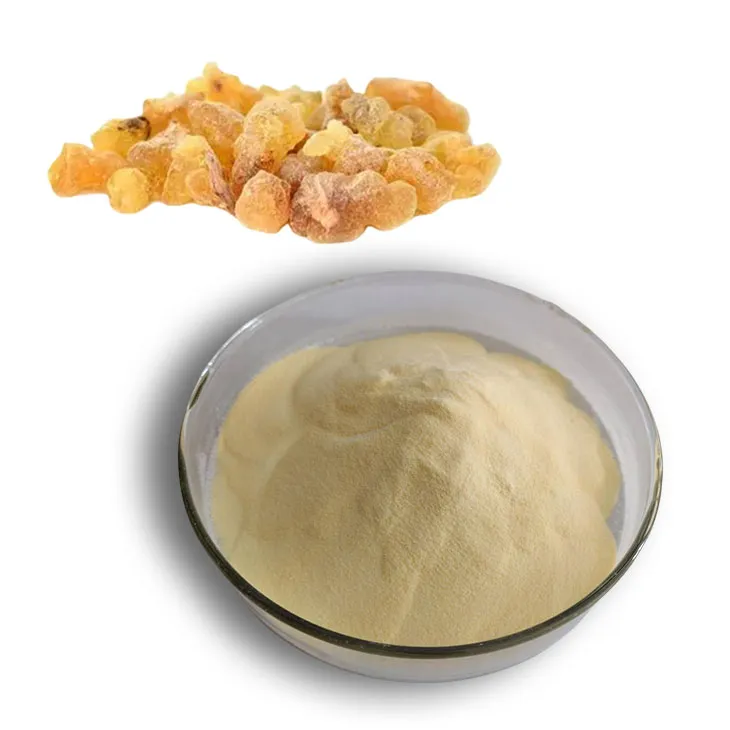
2. Botanical Background of Boswellia Serrata
Boswellia serrata is a medium - sized deciduous tree. It belongs to the Burseraceae family. The tree typically grows in dry and hilly regions. The resin from the Boswellia serrata tree is the main source for extracting its valuable compounds.
2.1 Growth Conditions
Boswellia serrata thrives in well - drained soil with a preference for sandy or rocky terrains. It requires a warm and arid climate, with a distinct dry season. Adequate sunlight is crucial for its growth. These growth conditions influence the quality and quantity of the resin produced, which in turn affects the extract production.
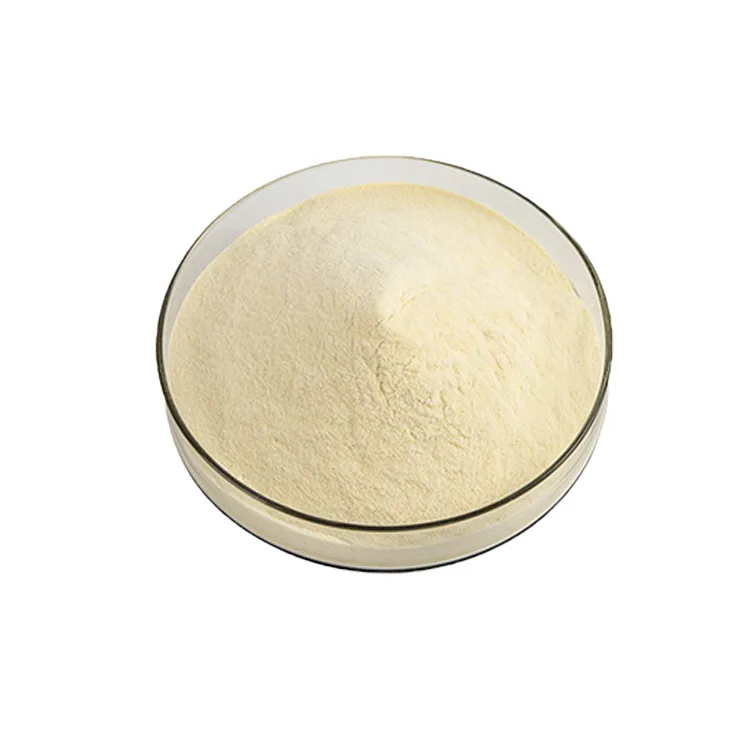
3. Production Techniques
3.1 Resin Extraction
The first step in the production of Boswellia Serrata Extract is the extraction of resin from the tree. This is typically done through incisions made on the trunk of the tree.
- Traditional Method: In traditional practices, small, V - shaped incisions are made on the bark of the tree. The resin oozes out slowly and is collected in small containers. This method is labor - intensive and may not be very efficient in terms of large - scale production.
- Modern Method: With the development of modern techniques, more advanced methods such as vacuum - assisted extraction are being explored. This method can potentially increase the yield of resin extraction while minimizing damage to the tree.
3.2 Purification of Resin
Once the resin is collected, it needs to be purified.
- Filtration: The resin is often filtered to remove any impurities such as bark particles, dust, or other debris. This can be done through simple mechanical filtration methods using filters with different pore sizes.
- Solvent Extraction: In some cases, solvent extraction is used to further purify the resin. Organic solvents like ethanol or hexane can be used to dissolve the resin and separate it from other unwanted substances. However, careful control of the solvent process is required to ensure the safety and quality of the final product.
3.3 Extract Preparation
After purification, the resin is converted into an extract.
- Grinding: The purified resin is first ground into a fine powder. This increases the surface area, making it easier for further extraction processes.
- Extraction with Solvents: The ground resin powder is then extracted with solvents again, but this time the goal is to extract the active compounds. Commonly used solvents for this purpose include water - ethanol mixtures. The extraction is usually carried out under controlled temperature and pressure conditions.
- Concentration: After extraction, the solvent is removed to concentrate the extract. This can be done through evaporation techniques such as rotary evaporation. The resulting concentrated extract can be further processed into different forms such as powders, capsules, or tinctures.
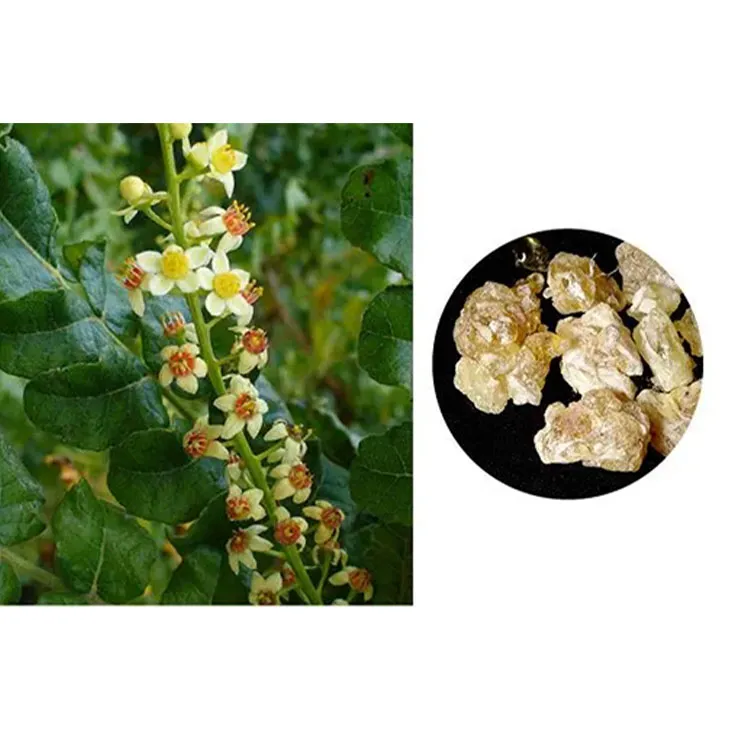
4. Quality Control in Production
Quality control is crucial in the production of Boswellia Serrata Extract to ensure the safety and effectiveness of the product.
- Raw Material Inspection: The quality of the Boswellia serrata resin used as the starting material is carefully inspected. This includes checking for the origin of the resin, its purity, and any signs of contamination or degradation.
- During - Production Monitoring: Throughout the production process, various parameters are monitored. For example, in solvent extraction, the concentration of the solvent, the extraction time, and the temperature are all carefully controlled. Any deviation from the standard operating procedures can affect the quality of the final extract.
- Finished Product Testing: Once the extract is produced, it undergoes a series of tests. These tests include analysis of the active compound content, such as boswellic acids. Microbiological testing is also carried out to ensure the absence of harmful microorganisms. Additionally, stability testing is done to determine the shelf - life of the product.
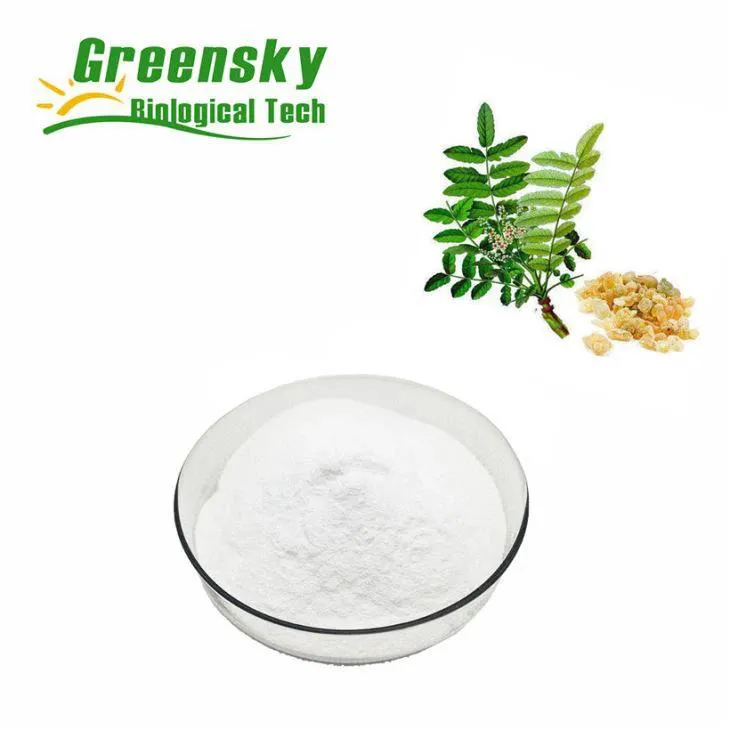
5. Market Trends
The market for Boswellia serrata extract has been growing steadily in recent years.
- Health and Wellness Industry: In the health and wellness industry, the extract is increasingly being used in dietary supplements. Consumers are attracted to its potential anti - inflammatory, joint - support, and antioxidant properties. As a result, many supplement manufacturers are incorporating Boswellia serrata extract into their product lines.
- Pharmaceutical Research: There is also significant interest in the pharmaceutical research community. Scientists are exploring the use of Boswellia serrata extract in the treatment of various diseases, such as arthritis and inflammatory bowel diseases. This has led to an increase in research collaborations between pharmaceutical companies and natural product extract manufacturers.
- Global Market Expansion: The market for Boswellia serrata extract is not limited to its traditional regions of origin. It has been expanding globally, with increased demand in North America, Europe, and Asia. This has led to the development of new production facilities in different parts of the world to meet the growing demand.
6. Product Applications
Boswellia serrata extract has a wide range of applications due to its beneficial properties.
- Anti - Inflammatory Use: One of the most well - known applications is its anti - inflammatory effect. It can be used to relieve inflammation in joints, reducing pain and swelling in conditions such as osteoarthritis and rheumatoid arthritis.
- Skincare: In the skincare industry, Boswellia serrata extract is used for its antioxidant and anti - inflammatory properties. It can help in reducing skin inflammation, improving skin tone, and protecting the skin from oxidative damage.
- Digestive Health: There is evidence to suggest that the extract may be beneficial for digestive health. It can help in reducing inflammation in the gut, potentially alleviating symptoms of inflammatory bowel diseases.
7. Conclusion
The production of Boswellia serrata extract is a complex process that involves multiple steps from resin extraction to final product formulation. For manufacturers, strict quality control is essential to produce a high - quality product. For consumers, understanding the production process can help them make more informed decisions when choosing products containing Boswellia serrata extract. As the market continues to grow, both manufacturers and consumers need to stay informed about the latest developments in production techniques, quality control, market trends, and product applications.
FAQ:
Q1: What are the main production techniques for Boswellia serrata extract?
The main production techniques for Boswellia serrata extract typically involve harvesting the resin from the Boswellia serrata tree. This can be done through incisions in the bark. Then, the resin is purified and processed. Solvent extraction methods are often used, where solvents like ethanol or hexane are employed to extract the active compounds. After extraction, further purification steps may include filtration and evaporation to obtain a concentrated extract. Another technique could be supercritical fluid extraction which offers a more environmentally friendly and pure extraction method compared to traditional solvents.
Q2: What are the key market trends in Boswellia serrata extract?
The market trends for Boswellia serrata extract are influenced by several factors. There is an increasing demand in the health and wellness industry due to its potential anti - inflammatory properties. In the pharmaceutical sector, research on its use in treating various inflammatory diseases has led to growth. Also, the trend towards natural and plant - based remedies has made it more popular. With the rise of the global supplement market, Boswellia serrata extract is being incorporated into a variety of dietary supplements. Additionally, the demand for high - quality, standardized extracts is on the rise as consumers and manufacturers become more aware of the importance of consistent potency and purity.
Q3: How is Boswellia serrata extract used in different products?
Boswellia serrata extract is used in a variety of products. In the pharmaceutical industry, it is being studied for use in medications targeting inflammatory conditions such as arthritis. In the dietary supplement market, it is often found in capsules or tablets marketed for joint health, pain relief, and general well - being. It can also be an ingredient in topical creams and ointments for skin conditions related to inflammation. In the cosmetic industry, it may be included in products for its potential antioxidant and skin - soothing properties.
Q4: What are the quality control measures in the production of Boswellia serrata extract?
Quality control measures in the production of Boswellia serrata extract are crucial. Firstly, the source of the raw material, the Boswellia serrata resin, needs to be verified for authenticity and purity. During the extraction process, parameters such as temperature, pressure (in case of certain extraction methods), and solvent quality are carefully monitored. Analytical techniques like HPLC (High - Performance Liquid Chromatography) are used to determine the concentration and purity of the active compounds. Microbiological testing is also carried out to ensure the extract is free from harmful microorganisms. Additionally, manufacturers often follow Good Manufacturing Practice (GMP) guidelines to ensure consistent quality throughout the production process.
Q5: What are the challenges faced in the production of Boswellia serrata extract?
There are several challenges in the production of Boswellia serrata extract. One major challenge is the sustainable sourcing of the Boswellia serrata resin. Over - harvesting can lead to depletion of the natural resource. Another challenge is ensuring consistent quality, as the composition of the resin can vary depending on factors such as the geographical location of the tree and the time of harvest. The extraction process also needs to be optimized to obtain high - quality extracts while minimizing the use of solvents and energy. Regulatory compliance is also a challenge, as different regions may have different requirements for the production and marketing of Boswellia serrata extract - based products.
Related literature
- Boswellia Serrata: A Review of Its Traditional Uses, Phytochemistry, and Pharmacology"
- "Production and Quality Control of Herbal Extracts: Boswellia serrata as a Case Study"
- "Market Trends in Botanical Extracts: The Case of Boswellia serrata"
- ▶ Hesperidin
- ▶ citrus bioflavonoids
- ▶ plant extract
- ▶ lycopene
- ▶ Diosmin
- ▶ Grape seed extract
- ▶ Sea buckthorn Juice Powder
- ▶ Beetroot powder
- ▶ Hops Extract
- ▶ Artichoke Extract
- ▶ Reishi mushroom extract
- ▶ Astaxanthin
- ▶ Green Tea Extract
- ▶ Curcumin Extract
- ▶ Horse Chestnut Extract
- ▶ Other Problems
- ▶ Boswellia Serrata Extract
- ▶ Resveratrol Extract
- ▶ Marigold Extract
- ▶ Grape Leaf Extract
- ▶ blog3
- ▶ Aminolevulinic acid
- ▶ Cranberry Extract
- ▶ Red Yeast Rice
- ▶ Red Wine Extract
-
Tamarind extract powder
2024-12-17
-
Cranberry Extract
2024-12-17
-
Astaxanthin
2024-12-17
-
Sugarcane Extract
2024-12-17
-
Garcinia Cambogia Extract
2024-12-17
-
Lycopene
2024-12-17
-
Honeysuckle Pollen
2024-12-17
-
Buckthorn bark extract
2024-12-17
-
Lavender Extract
2024-12-17
-
Saffron Extract Powder
2024-12-17

